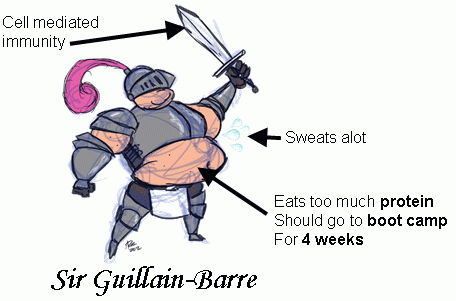The consultant surgeon turns to you and barks "What are the causes of ____ " - all eyes are now on you to remember your surgical sieve and come up with the common as well as the wierd and wonderful. But wait, what was the mneumonic again?... On old mount olympus... no wrong one.... in a surgeons gown most... no don't think it was that one... was it something about vitamins?
Here's a little mneumonic which actually has something to do with surgical seive-ing. Just think of a sieve made of tin - a Tin Civ:
So that gets the most common causes to the top of your mind (trauma, infection, neoplasm), instead of coming up with a congenital disorder as your first answer.
Here's a little mneumonic which actually has something to do with surgical seive-ing. Just think of a sieve made of tin - a Tin Civ:
So that gets the most common causes to the top of your mind (trauma, infection, neoplasm), instead of coming up with a congenital disorder as your first answer.













